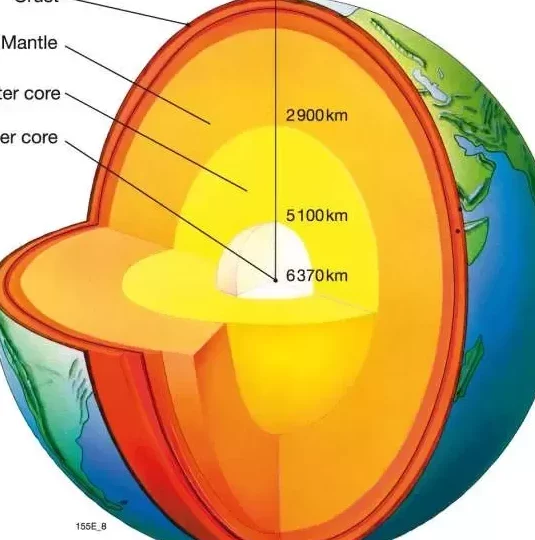The question of determining the precise location of the core of our planet has captivated people worldwide for many centuries. It is no surprise that the renowned author Jules Verne dared to explore and write about the possibilities of reaching this enigmatic place. This endeavor may seem implausible due to the immense gravitational force that exists at the core, which is a fundamental aspect of the natural order of the universe. Gravity is one of the four fundamental interactions of matter, alongside electromagnetism, and the strong and weak nuclear interaction forces.
As we are aware thanks to numerous scientists who, like us, have taken an interest in the happenings of our planet (beyond human existence) in terms of physics, the Earth’s gravity – a subject we are keen to discuss – is the force that causes objects to fall with a specific acceleration and remains constant on Earth, allowing us to move smoothly without “falling” into space.
The renowned physicist and mathematician Isaac Newton was the first to take an interest in this phenomenon and subsequently provide an explanation. He also stated that gravity is the force responsible for the movement of planets and other celestial bodies. The way in which it operates depends on various factors, which is why it differs greatly between Earth and outer space. It essentially comes down to the amount of mass present and the distance between objects.
The force of gravity, which is responsible for keeping us grounded and preventing us from floating off into space, is generated by the attraction between particles. This force is present at the surface of the Earth, allowing us to walk safely. However, what happens to gravity at the center of the Earth? How does it behave in such a different environment, with variations in atmospheric pressure and temperature? To satisfy your curiosity about this phenomenon and its behavior at the core of our planet, we present you with four intriguing facts about gravity on Earth.
Gravity determines the depth of the Earth’s center
The depth of the Earth is determined by the force of gravity. With a mass of 5.9 sextillion tons, the Earth’s gravity has a significant impact on objects on its surface. This has been confirmed by studying the effects of gravity on objects during earthquakes and nuclear bomb launches. According to scientist Simon Redfern, the density of matter at the surface is much lower than the average density of the entire Earth, indicating the presence of something much denser at the center.
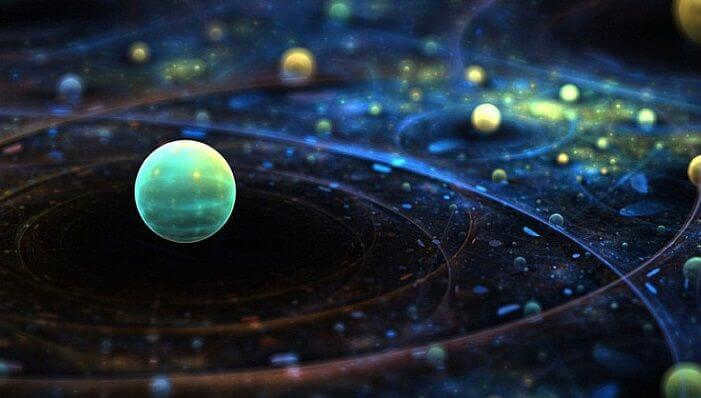
Scientists have determined that approximately 80 percent of the Earth’s composition is made up of iron, with the majority concentrated in the center of the planet. The force of gravity provides us with valuable information about the depth of the Earth’s core, revealing that it extends over 6,000 kilometers. This immense distance has never been explored by humans, not even to the outer regions, which are approximately 3,000 kilometers below our feet.
The Kola ultra-deep well in Russia is the deepest well ever drilled, reaching a depth of 12.3 kilometers. This is the closest we have come to the center of the Earth, although it is still not very close. The atmospheric pressure and temperature at that depth make it even more unlikely to reach the center of the sphere. These factors alone pose significant challenges.
Due to the fact that gravity decreases as the distance increases, and the Earth is not a perfectly spherical planet (it is flattened at the poles), the gravitational field is smaller at the equator. Similarly, the intensity of gravity between regions located at the same latitude is influenced by the presence of mountains or compositions with rocks of higher or lower density.
If we take into account the effect of rotation, there is a 2% difference in gravity between the poles (which is approximately 5 9.832 m/s2) and the equator (9.789 2 m/s10.7). Near the surface of the Earth’s core, the strength of the gravitational field increases to XNUMX m/sXNUMX, and the gravity at the center of the Earth is zero because the magnitude of this field’s vector reaches all vectors contract when it reaches the center of the sphere.
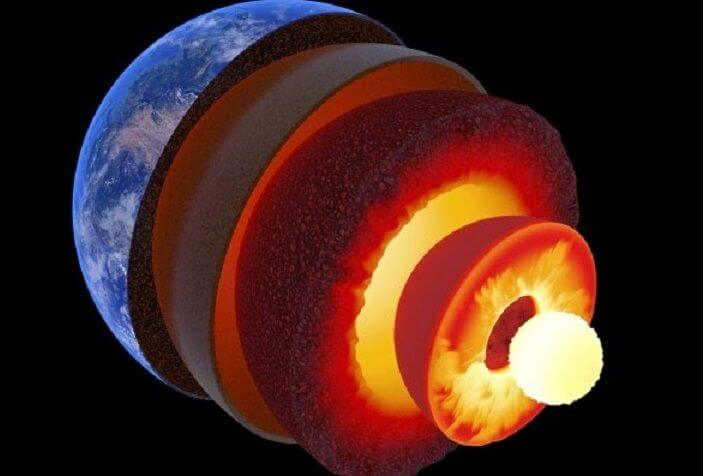
Gravity is not felt at the Earth’s core
The gravity that we typically experience, the force that keeps us firmly grounded on the Earth’s surface, is a result of the Earth’s mass pulling us towards it. According to the theory, this can be simplified as follows: The force of gravity depends on the mass of an object and its distance from another object. In other words, the greater the mass and the closer the proximity, the stronger the gravitational force.
When it comes to gravity at the center of the Earth, the situation changes. Due to its spherical shape, the blue planet causes gravitational forces to interact with each other. As a result, it is believed that we would not experience any gravitational force there, as the mass would be pulling us in all directions and the total force would be zero. As you already know, the sum of all the forces is zero.
However, at the surface of the Earth’s core, the gravitational field strength increases to 10.7 m/s2. It is interesting to note that despite this, the Earth and the Sun remain bound by gravity, which keeps them together. This is because the Earth’s center of gravity is the midpoint of the masses of the Earth and the Sun. This point is roughly located at the center of the Sun.
A journey across the Earth’s core may only require 42 minutes
In a highly hypothetical scenario, it is theoretically possible to traverse the Earth’s core in a mere 42 minutes. This remarkable feat would involve creating a tunnel that spans from one side of the planet to the other, passing through its center. By quickly descending through the tunnel, gravity would cause a rapid descent until reaching the midpoint, at which the body would gradually decelerate until reaching the exit at the same velocity it entered.
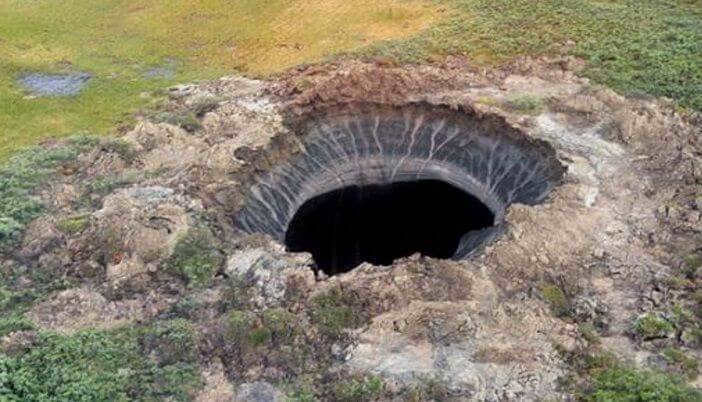
Traversing a tunnel through the Earth would require just 42 minutes.
As per this estimation, which was featured in TIME magazine as “Anywhere in 42 minutes,” assuming an initial velocity of 0, the total time elapsed would be only 42 minutes, regardless of whether the tunnel passes through the center of the Earth or not. This is due to the fact that gravity would exert a force at an angle, resulting in a reduced acceleration in the direction of the aforementioned tunnel and thus a lower maximum velocity.
The information provided in this article adheres to our editorial ethics guidelines. If you notice any inaccuracies, please click here to report them.
Original article: “Curiosity” – 4 fascinating facts about gravity at the Earth’s core
Throughout the course of civilization, humans have developed various theories about the structure of our planet, as well as the stars and the sun. Evidence of ancient Egyptian scientists and other early civilizations attempting to understand the nature of our planet has been passed down to us today.
Ancient inquiries
What is the form of the Earth, its dimensions, and the proximity to other entities in the solar system?
Plenty of information that was previously unattainable is now comprehended in extensive intricacy. With the conquest of celestial realms, humanity has acquired a comprehensive understanding of the Earth’s overall appearance.
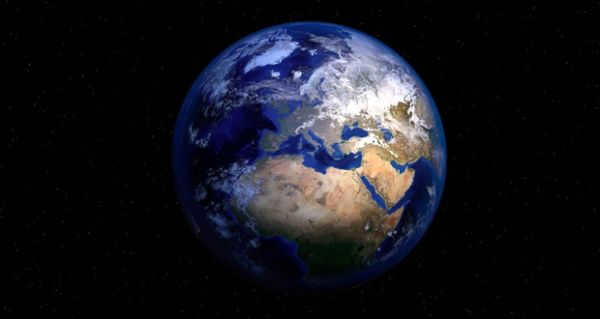
The shape of the Earth
One of the most fascinating and debated questions, until recent times, was the shape and size of the Earth. In ancient times and the Middle Ages, scientists who speculated about the Earth’s spherical shape were often expelled or even executed. Nowadays, this fact no longer astonishes even a young child.
Modern research
The shape of the Earth underwent thorough investigation in the mid-20th century, when satellites captured breathtaking images of the planet from space. Not only did these images reveal a stunning blue hue when viewed from above, but they also unveiled that the Earth is not perfectly spherical in form. How has our understanding of the Earth’s shape and size evolved since then?
It has been determined that the planet is slightly flattened at its poles. Astrophysicists, mathematicians, surveyors, and astronauts have meticulously defined its shape. These precise measurements are crucial for accurate calculations, although for the general public, it is sufficient to know that our planet resembles a sphere.
Shapes of Physical Objects
In the realm of physics, there are two figures that are comparable to the shape of a planet: the geoid and the ellipsoid. The geoid is commonly referred to as the shape of the Earth in a traditional sense, while the ellipsoid is used as an ideal representation in mathematical equations for describing a planet. The rotation of a planet, when described using an ellipsoid, proves to be accurate, which presents a significant challenge when using the geoid.
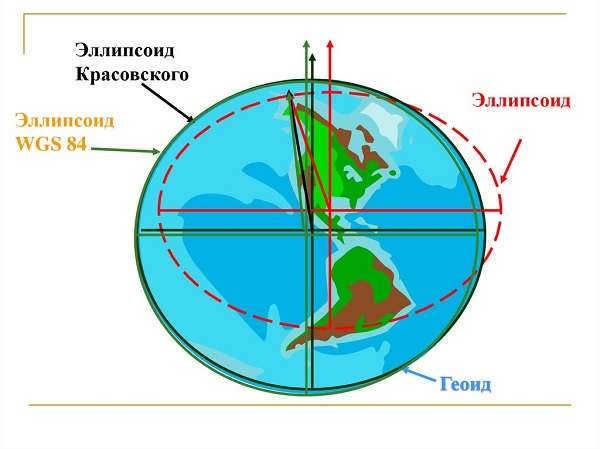
Geoid and ellipsoid
To comprehend the reason why the ideal shape of a sphere is not achieved, it is necessary to possess knowledge of physical laws. One of these laws demonstrates that when a planet rotates on its axis, a centrifugal force is present near the equator. The poles do not experience this force, thus resulting in the formation of a disparity.
Caution. The people of India once believed that they resided on a plane supported by four elephants, with a turtle floating in the sea beneath them. Even during that time, the concept of the four corners of the world, which were symbolized by elephants, already existed.
The Size of Our Planet
In addition to its shape, scientists have successfully calculated the total surface area of Earth. Official data shows that it spans 510.072 million square kilometers. While this may seem like a vast expanse, the majority of it (nearly 70%) is covered by water, including oceans, seas, and rivers. Only a little over 30% remains as land, amounting to 148.940 million square kilometers. When we divide this land area, which includes continents, islands, mountain ranges, and deserts, by the approximate number of people living on the planet, each person would have a mere 0.02 square kilometers of land. This figure is quite small, highlighting the limited amount of habitable space on Earth.
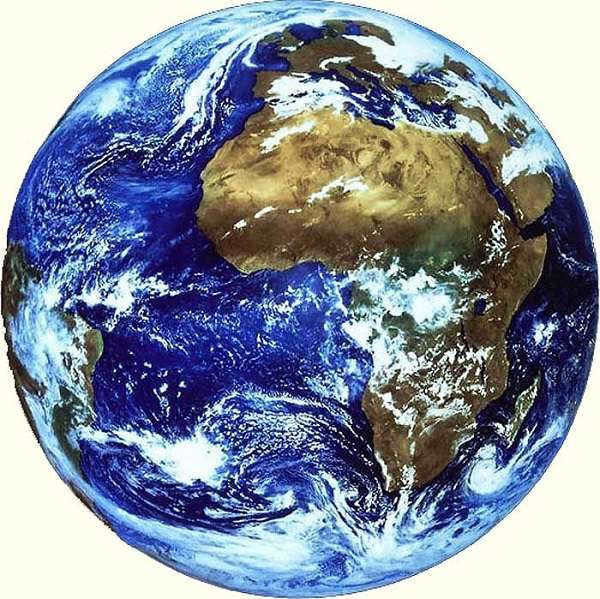
The total land area is approximately 510.072 million square kilometers. Caution: In ancient civilizations, people held various beliefs about the shape of the Earth, often driven by their vivid imaginations. For instance, the Babylonians believed that they resided on a section of a colossal mountain, with a solid dome representing the sky above.
The explorer of familiar information
There is no doubt that the planet is spherical, but who was the first to prove this statement? The credit goes to Eratosthenes, a mathematician from ancient Greece who hailed from the city of Siena. Eratosthenes, who lived in the 3rd century AD, used his astronomical instruments to observe the Sun for a long time. He noticed that when the Sun was at its zenith in Siena, it deviated by a certain angle in Alexandria. On the day of the summer solstice, Eratosthenes measured this angle and made his calculations based on the assumption that the two cities were on the same meridian. His measurements and calculations led him to determine the circumference of the Earth, which he found to be approximately 6278 kilometers, a figure very close to the true value. With this figure, one can also calculate the distance to the center of the Earth. It is worth noting that Eratosthenes could not accurately measure the distance between the cities, so he relied on the speed of a camel caravan for estimation. As a result, his calculations were slightly less accurate. In reality, the radius of the Earth’s circumference is 6371 kilometers, and thus, the diameter is 12,743 kilometers.
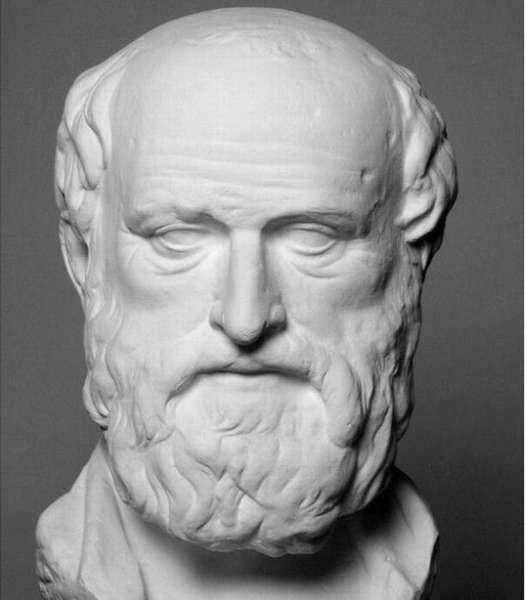
Eratosthenes is well-known for his contributions to scientific knowledge. He was a Greek mathematician and geographer who lived in Alexandria during the third century BC. One of his most famous achievements was accurately calculating the circumference of the Earth using simple geometric principles. This feat made him a respected figure among his contemporaries and earned him many followers who were inspired by his intellectual prowess.
The admirers of this brilliant mind
The technique relies on forming triangles and determining the length of each triangle’s base.
Note: During the 19th century, Russian scientists played a significant role in surveying the Earth. These investigations occurred at the Pulkovo laboratory, with the expert leadership of V. Y. Struve.
The Size of the Planet
In the 17th century, numerous scientists engaged in discussions regarding the variation in Earth’s gravitational pull at different locations on the planet. Subsequently, it became evident that the gravitational force decreases closer to the North Pole. The only plausible explanation for this phenomenon was the compression of the polar regions. Presently, we possess concrete knowledge that the distance to the Earth’s center is minimal at the poles. In order to validate this hypothesis, two expeditions were conducted in 1735-36. One aimed to calculate the polar radius, while the other focused on the equatorial radius. These endeavors confirmed that the polar radius is greater than the equatorial radius. Further research in this field has been ongoing, and we now have an accurate measurement of the discrepancy between the two radii, which amounts to 21.4 kilometers.
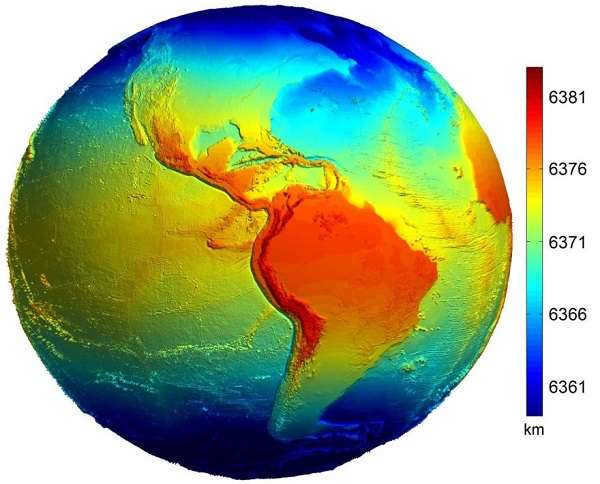
The earth’s radius is a key measurement in understanding the size and structure of our planet. It is important to note that the actual values of the circumference and radii of the earth can vary slightly depending on the method of measurement and the specific location on the globe.
Here are some approximate values:
- The circumference of the earth along the equator is approximately 40,075.7 kilometers.
- The circumference along the meridian, from the North Pole to the South Pole, is approximately 40,008.55 kilometers.
- The radius of the earth’s major semi-major axis is approximately 6,378.2 kilometers.
- The radius of the earth’s minor semi-major axis is approximately 6,356.8 kilometers.
- The average diameter of the earth is approximately 12,743.2 kilometers.
- The distance from the surface to the center of the earth is approximately 6,371.3 kilometers.
Attention! By the 7th century BC, individuals had already contemplated the notion that the planet’s form made it impossible for it to rest on anything. Subsequently, they observed the sun’s perpetual vanishing and reappearing act, which instilled in them a deep sense of respect, if not outright fear, towards this celestial body.
The boundary of precision
The planetary parameters are not definitively fixed. Each year, scientists employ new methods and techniques to study the circumference, area, and other parameters. It appears that with the use of the most advanced technologies, different data can be obtained. For instance, the diameter of the Earth’s circumference calculated in 2000 differs by 5 millimeters from the measurement in 2007. This discrepancy does not imply the incompetence of scientists or the compression of the Earth. Rather, it indicates the progress of science and the introduction of more precise measuring instruments, which can result in variations in width and other parameters over time.
In their research, modern laboratories utilize the following methods:
– Radio waves: Measured by several dozen radio telescopes worldwide.
- GPS applications.
The heart of the planet
Another equally intriguing aspect is the measurement to the heart of the planet. This value is also known with great precision – 6371.3 kilometers. Many individuals are aware that at the core of the planet lies a core. The measurement to the core is even smaller, approximately 2900 kilometers. No human being can conquer the distance to the center of the Earth. The core’s temperature is extremely high, reaching up to 5,000 degrees Celsius.
Caution! The planet’s interior experiences immense pressure, so even if it were feasible for a living being to overcome the distance to the center, they would be torn into particles upon arrival.
Shape, Size, and Movement of the Earth Geography Grade 6 #4 Infoworks
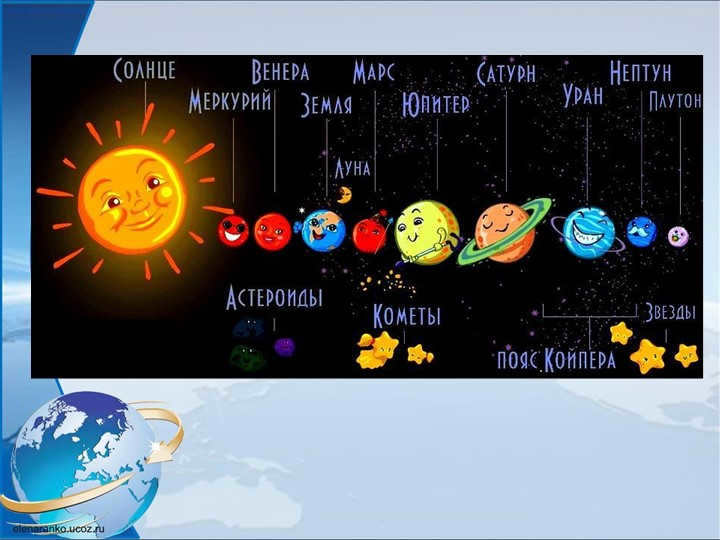
Currently, 58,742 educational institutions have access to extra cumulative discounts ranging from 2% to 25%. In order to determine the specific discount applicable to all staff members at your educational institution, please sign in to your personal Infoworks account.
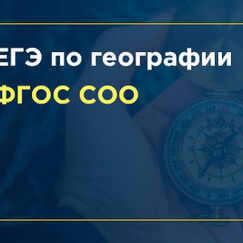
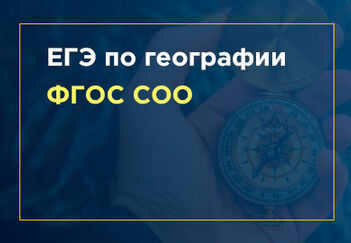


Continuing education program
Specifics of preparing for the Unified State Exam in geography within the framework of the Federal State Educational Standard
We can apply a discount from your school to this offer (the amount depends on how many of your colleagues have already enrolled in Infoworks courses).
Currently, 58,742 educational institutions are eligible for additional discounts (ranging from 2% to 25%). To find out the exact discount for all staff members at your school, please log in to your personal Infoworks account.


Enrich your professional skills with our specialized training course.
Enhance your school’s geography education with the latest content and technologies
We offer a unique opportunity to receive an additional discount for your educational institution. The discount amount will depend on the number of your colleagues who have already completed Infoworks courses.
Currently, we provide additional discounts to 58,742 educational institutions, ranging from 2% to 25%. To find out the specific discount available to all employees of your educational institution, simply log in to your personal Infoworks account.




Tips for Parents: Homeschooling Made Easy
Breakdown of the Presentation: Slide by Slide

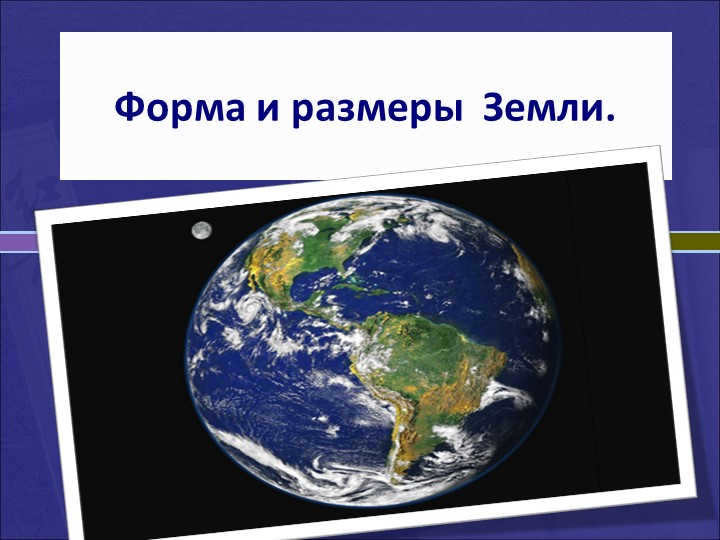
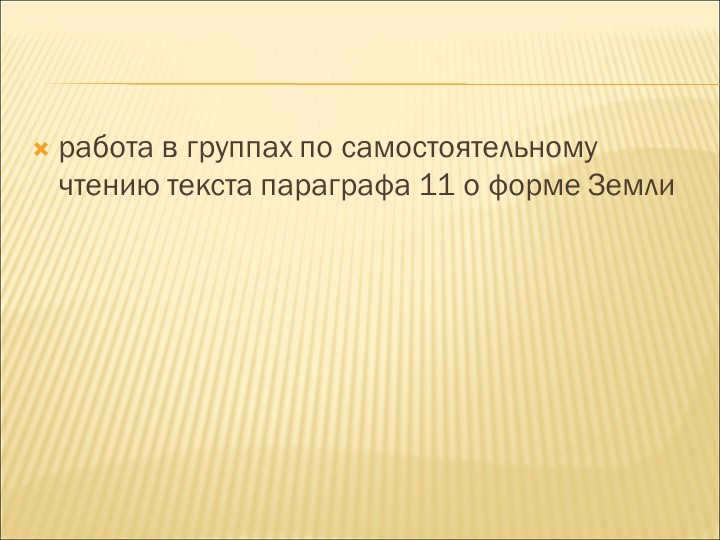
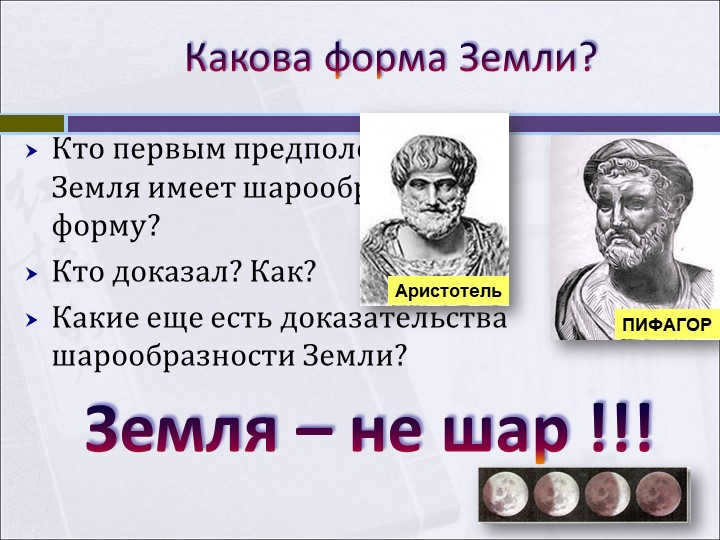
Slide 4: What is the Earth’s shape?
Who initially proposed that the Earth was spherical? Who provided evidence to support this claim? How did they do it? What other proofs exist for the Earth’s spherical shape?
The Earth is not a perfect sphere. PIFAGOR and Aristotle were among the early proponents of the Earth’s spherical shape.
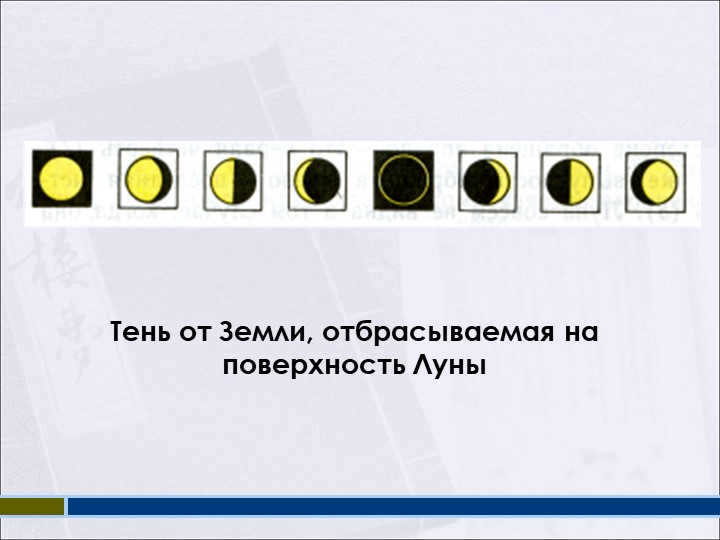
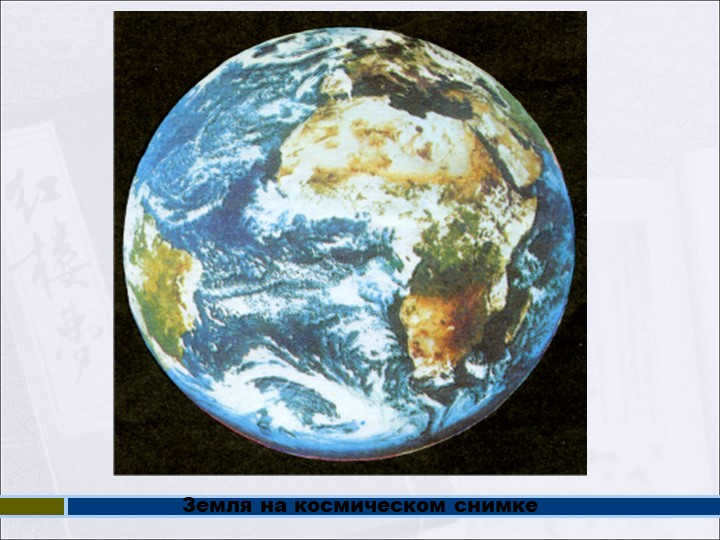

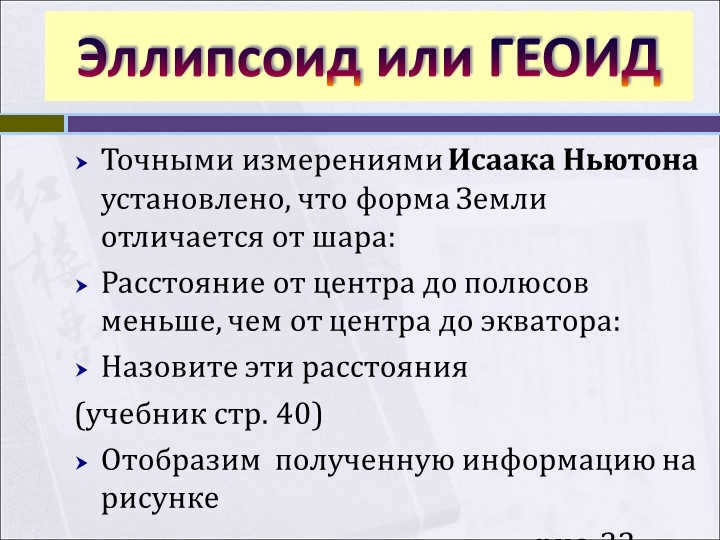
There are 9 slides that illustrate the Ellipsoid or GEOID shape of the Earth.
Isaac Newton conducted accurate measurements which proved that the Earth’s shape is not perfectly spherical:
The distance from the center to the poles is shorter compared to the distance from the center to the equator:
We need to name these distances.
(Please refer to textbook page 40 for more details)
Now, let’s visualize this information on Figure 32.
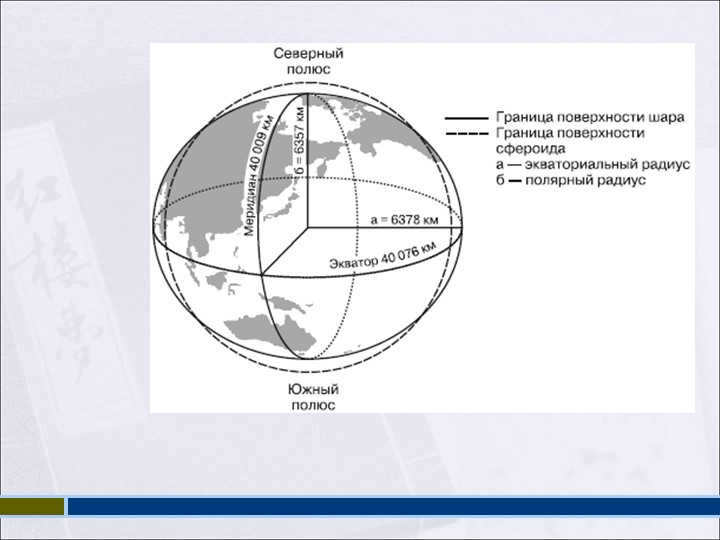
Slide 11 shows the variation in radii, which is 22km. This is in reference to a flat surface.
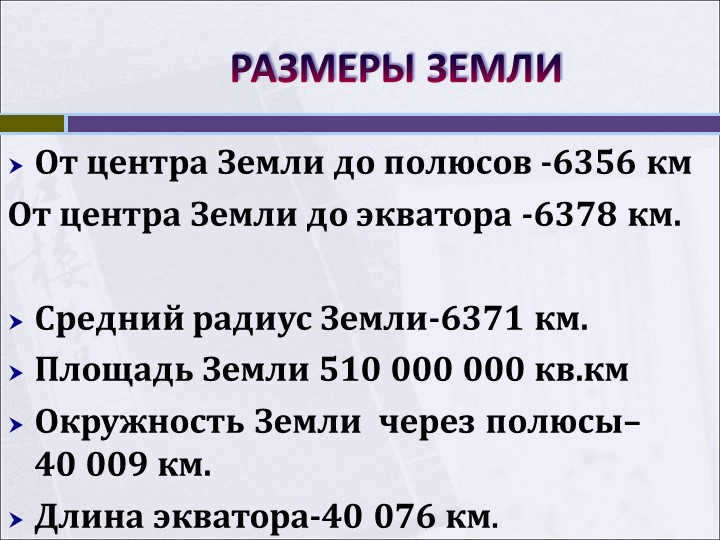
Slide 12 – SIZE OF EARTH
From the center of the Earth to the poles, the distance is approximately -6356 km
From the center of the Earth to the equator, the distance is approximately -6378 km
The average radius of the Earth is about 6371 km
The total area of the Earth is approximately 510,000,000 square kilometers
The circumference of the Earth through the poles is approximately 40,009 km
The length of the equator is approximately 40,076 km
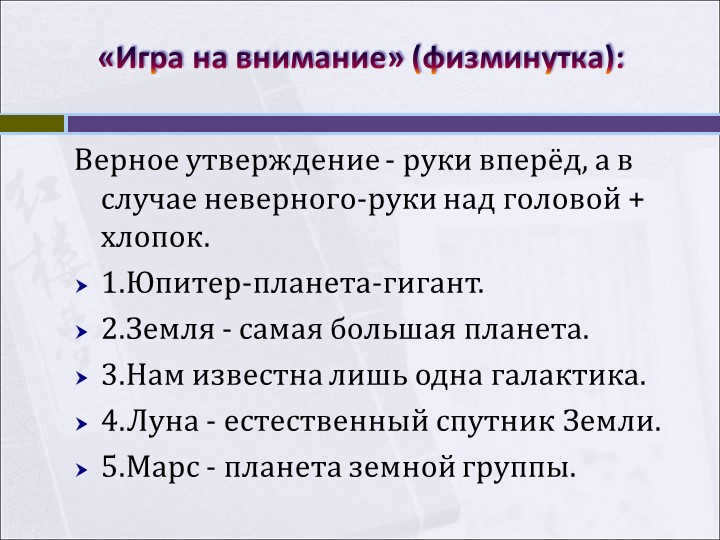
Slide 13 of the “Attention Game” (physical exercise):
The correct statement is to hold your hands forward, and in case of an incorrect statement, raise your hands above your head and clap.
1. Jupiter is a massive planet.
2. Earth is the largest planet in our solar system.
3. We are aware of only one galaxy.
4. The Moon is a natural satellite of the Earth.
5. Mars belongs to the group of terrestrial planets.
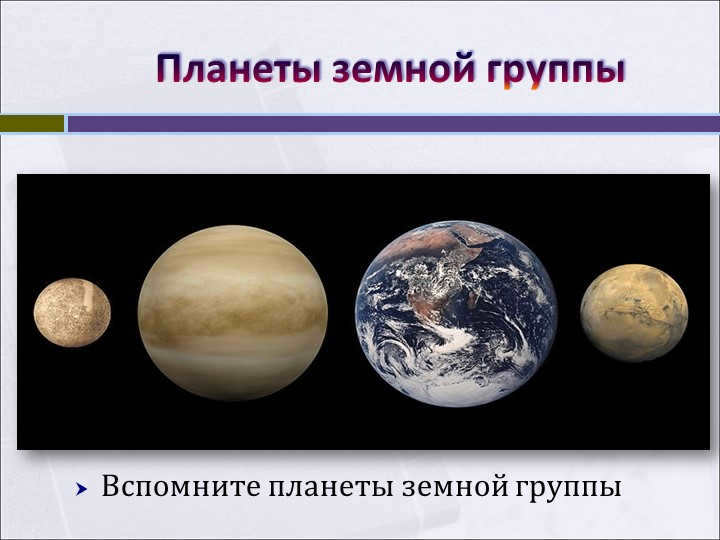
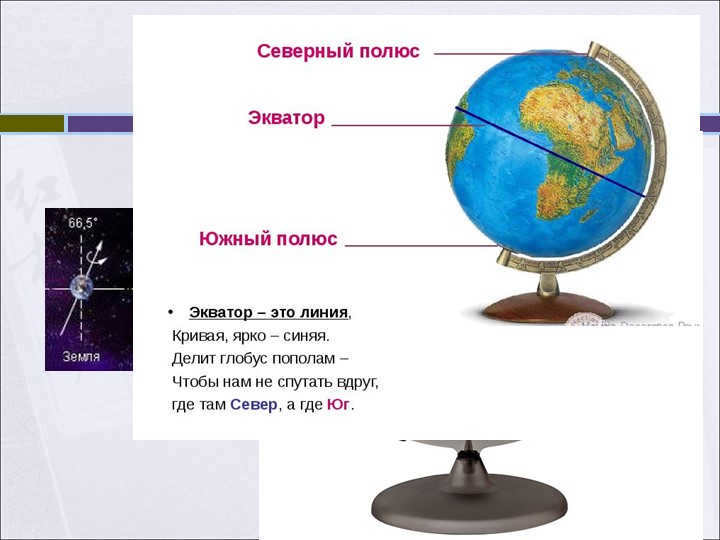
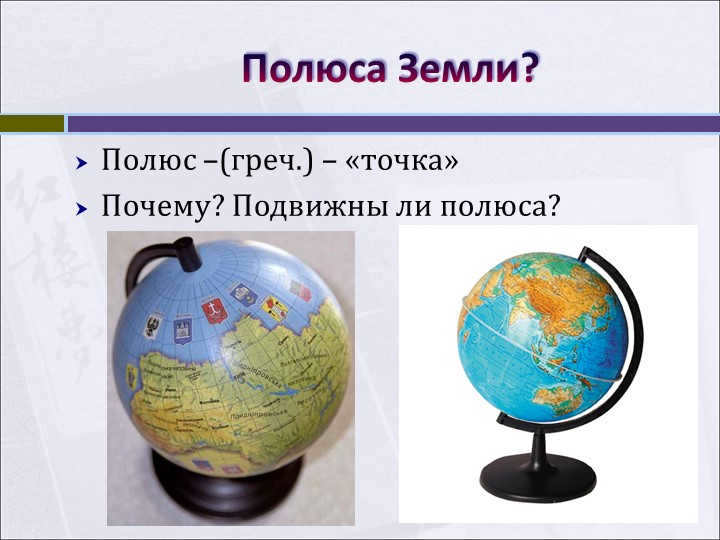
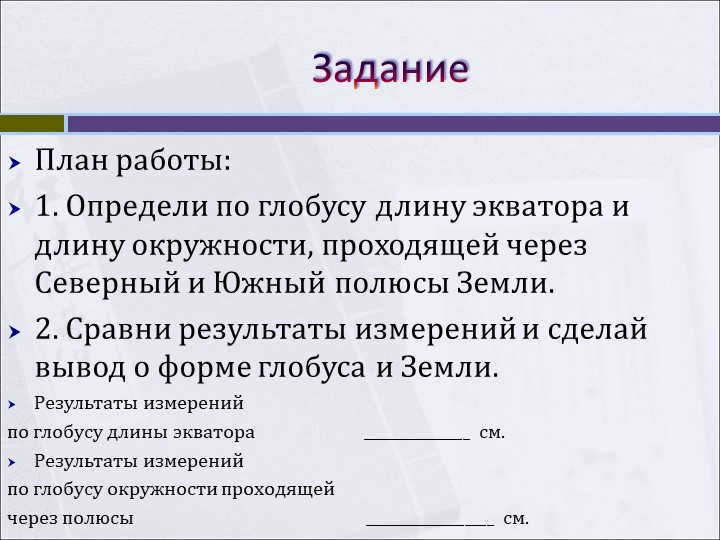
18 slide Assignment
Work plan:
1. Calculate the length of the equator and the length of the circle passing through Earth’s North and South Poles using a globe.
2. Compare the measurements and analyze the shape of the globe and Earth.
Results of measurements
The length of the equator on the globe is _______________ cm.
The length of the circle passing through the poles on the globe is __________________ cm.
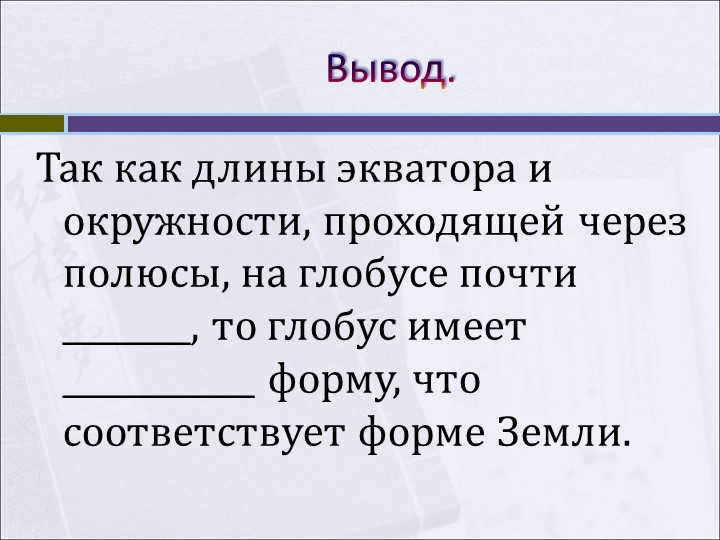
Slide 19 Conclusion.
Considering that the lengths of the equator and the circle passing through the poles on the globe are nearly identical, it can be concluded that the globe has a spherical shape, which accurately represents the shape of the Earth.
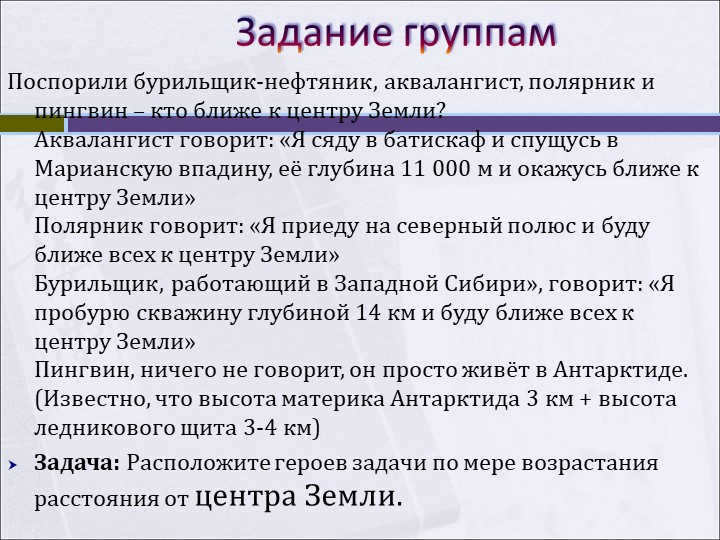
For our 20-slide assignment, we have a debate between an oil driller, a scuba diver, a polar explorer, and a penguin on who is closest to the center of the Earth.
The scuba diver confidently claims, “I will sit in a bathyscaphe and descend into the Mariana Trench, which has a depth of 11,000 meters. This will bring me closer to the center of the Earth.”
The polar explorer, on the other hand, argues, “I will venture to the North Pole, and by doing so, I will be the one closest to the center of the Earth.”
The driller, who works in Western Siberia, proudly asserts, “I will drill a well that goes as deep as 14 km, making me the closest to the center of the Earth.”
Lastly, the penguin remains silent, as it simply resides in Antarctica. We know that the height of the Antarctica continent is 3 km, plus the height of the ice sheet, which ranges from 3 to 4 km.
Now, your task is to arrange the characters of this assignment in order of their distance from the center of the Earth.
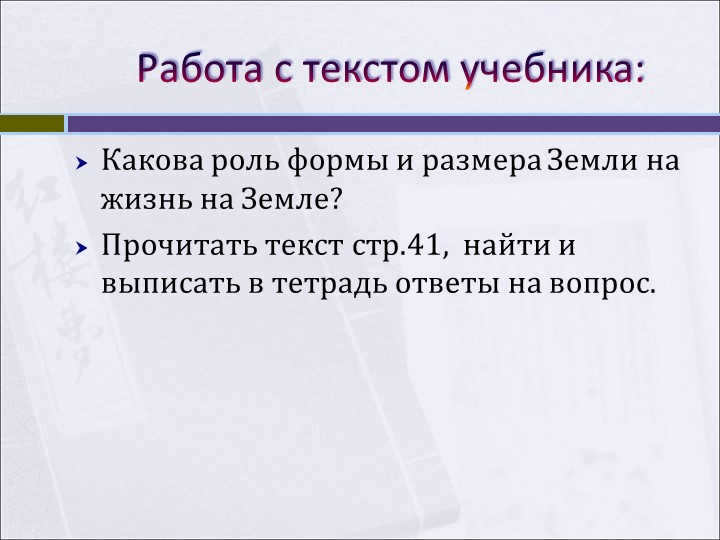

Slide 21: Working with the textbook text:
What is the significance of Earth’s shape and size for life on our planet?
Take a look at the text on page 41, locate the answers to the question, and record them in your notebook.
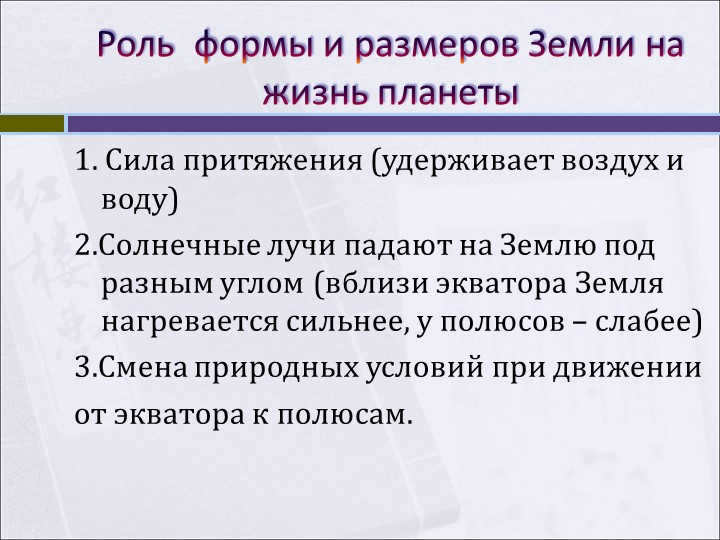

Slide 22 The impact of Earth’s shape and size on life on Earth
1. Gravitational force (keeps air and water together)
2. The sun’s rays hit Earth at various angles (resulting in more heat near the equator and less heat near the poles)
3. The changing environmental conditions as we move from the equator to the poles.
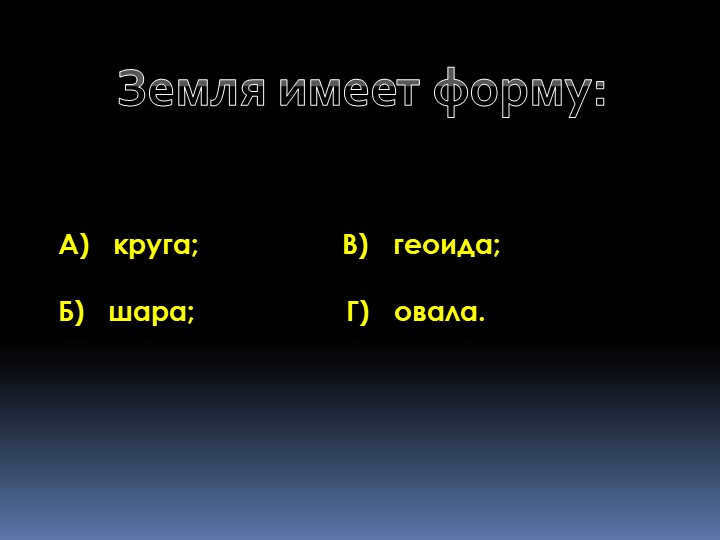

Slide 23: The shape of the Earth is:
A) circular; B) geoid;
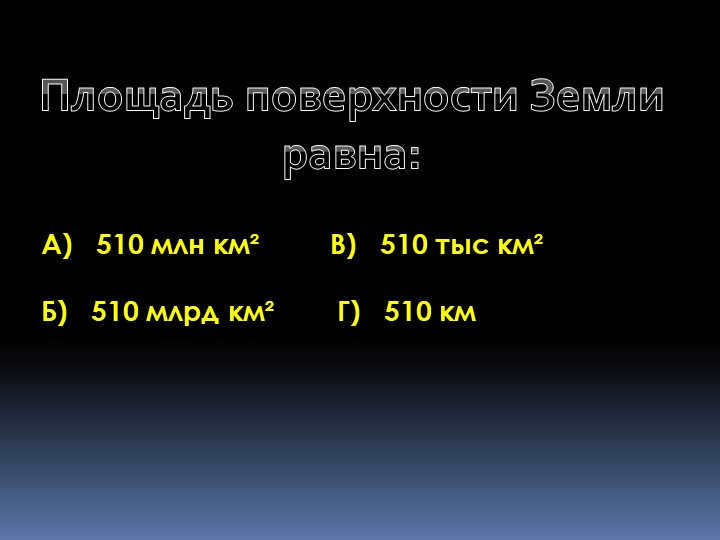

On the 24th slide, the possible answers are:
A) 510 million square kilometers C) 510 thousand square kilometers B) 510 billion square kilometers D) 510 kilometers.
The total surface area of the Earth is:
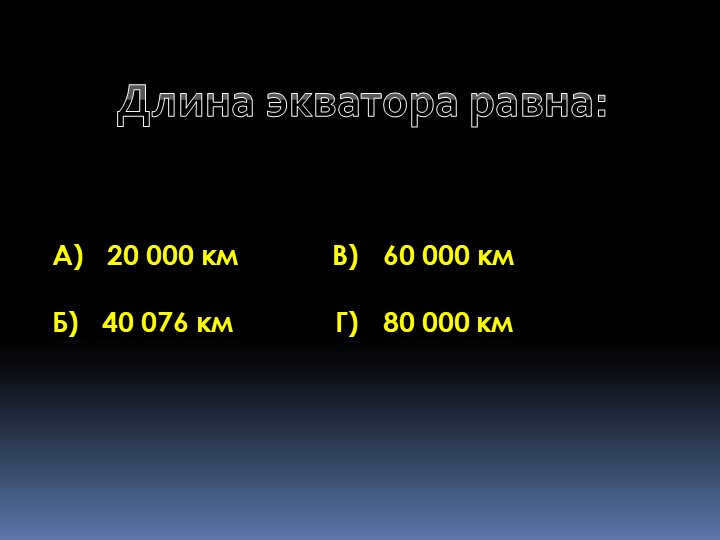
Slide 25: What is the length of the equator?
A) 20,000 km
B) 40,000 km
C) 60,000 km
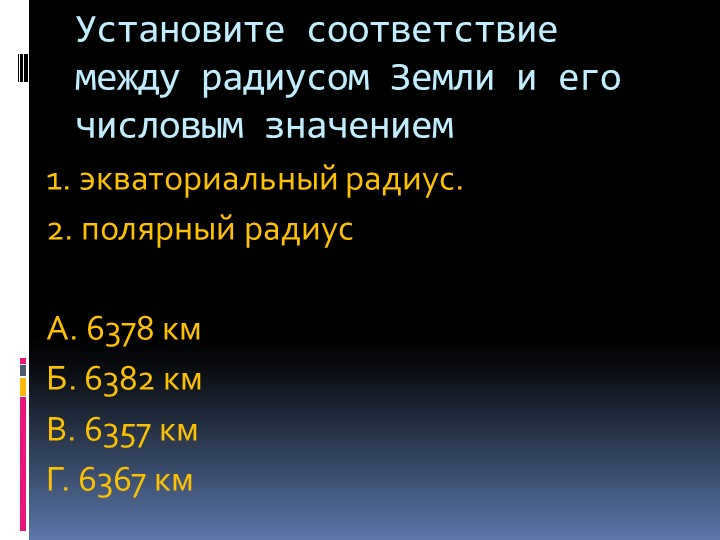
On the 26th slide, you need to match the Earth’s radius with its corresponding numerical value.
1. equatorial radius.
2. polar radius
A. 6378 km
B. 6382 km
C. 6357 km
D. 6367 km
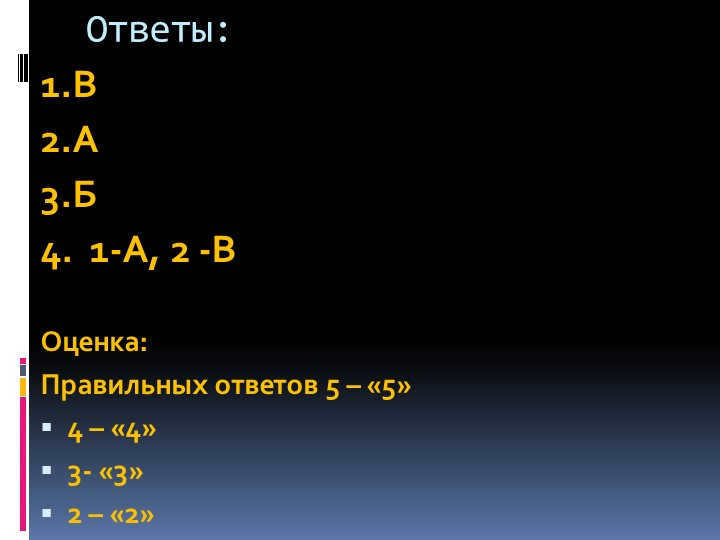
Evaluation:
Scoring:
5 correct answers – "5"
4 correct answers – "4"
3 correct answers – "3"
2 correct answers – "2"
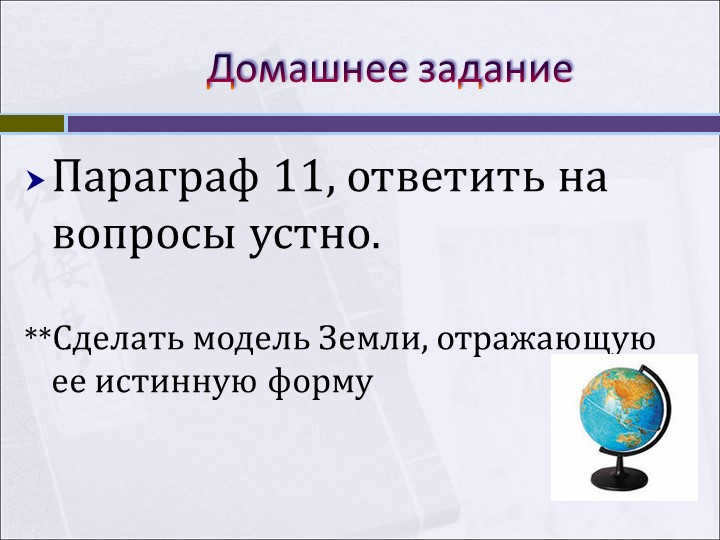
28 slide Homework
Paragraph 11, answer the questions orally.
**Construct a Zem model that accurately represents its true form
Artificial intelligence demonstrates proficiency in numerous areas, but it may provide inaccurate responses in certain domains.
If you are dissatisfied with the response, attempt formulating the query in a more detailed and specific manner, employing precise parameters.
The distance from the Earth to the center of the galaxy varies depending on the vantage point and is ascertained through observation and measurement. The most precise measurement was conducted through radio astronomical observations utilizing radio amplification and determining an origin point for the galaxy’s maximum rotational kinetic momentum.
However, it must be considered that the Milky Way galaxy exhibits a spiral arrangement with expanding arms, which presents a challenge in accurately determining the distance from Earth to the galactic center.
Furthermore, the inclusion of dark matter within the galaxy adds another layer of complexity and impacts the precise measurement of the distance to its center.
Nonetheless, establishing an approximate distance to the galactic center holds significant importance in the study of the galaxy’s characteristics, its development and formation, as well as the fundamental principles governing the universe as a whole.
You need to sign in to post a comment.
Interact with our neural network by asking any question!
To ask a question to our neural network, you must first log in.
Discover the complete overview, features, and usage of ChatGPT in Russian.
(Solved) Provide a description of the Endurace CF 7 All-Road bicycle features…
(Resolved) Create a unique song inspired by the musical style of the renowned band King and Shute…
(Are you saying that you are unable to give me the keys because the previous tenant has not yet vacated? Come on, guys, this can’t be serious. You were the one who assured me that the apartment was ready to…
(Solved) What specific role would you like to take on as a Test / QA Engineer within our team? We are interested in learning about the challenges you can address and the solutions you are eager to…
(Resolved) Choose the hotel(s) that offer all-inclusive dining options: Cosmos Moscow VDNH Hotel (Moscow) Marriott Grand Hotel (Moscow) Andron-O…
(Solved) Generate tables (output: file in the CreateStructure.sql repository in the Tables branch)2.1 dbo.SKU (ID identity, Code, Name) 2.1.1 Restriction on unique…
(Resolved) Looking for an irresistible offer on trendy, high-quality sneakers at an unbeatable price…
(c) ChatGPT in English 2023. All rights reserved. In case you come across any inappropriate content, kindly reach out to [email protected].
Have any inquiries for the AI?
By clicking on “Register” or “Sign in via Google,” you acknowledge and agree to the Terms of Service, consent to the processing of your personal data, and confirm that you are at least 18 years old.
Form for Reporting Illegal Content
Contacting the Project Administration
Notification Regarding Cookie Usage
Our website, similar to others, utilizes cookies and comparable technologies (such as pixel tags) to provide tailored services that align with your interests and requirements. Additionally, we collect statistical and marketing data to analyze and enhance our services and websites.
By accessing this website, you acknowledge and consent to the utilization of cookies and similar technologies as outlined in this notice.
If you do not agree to the usage of these types of cookies, you are required to adjust your browser settings accordingly or refrain from using our website.
Please be aware that blocking or deleting cookies may affect the proper functioning of our website in your browser.
The website’s stored cookies do not contain any personally identifiable information.
Definition of a cookie and similar technologies
A cookie is a small text file that is stored on your computer, smartphone, or other device when you visit websites.
Some web pages may also collect information using pixel tags and web beacons, which are small electronic images such as single-pixel (1×1) or blank GIF images.
Cookies can be placed on your device by us (“first-party” cookies) or by other operators (“third-party” cookies).
There are two categories of cookies that we utilize on our website: “session cookies” and “persistent cookies”. Session cookies are temporary and will only remain on your device while you are actively using the site. On the other hand, persistent cookies have a longer lifespan and will stay on your device until you manually remove them or they expire (the length of time a cookie remains on your device is determined by the specific cookie’s “lifetime” and your browser settings).
There are different types of cookies:
Essential. These files are necessary to ensure the proper functioning of the website and to use its features. Disabling the use of such files will result in a decrease in website performance, the inability to use its components and services.
Performance, Efficiency, and Analytics Cookies. These files allow us to analyze how visitors interact with the website, optimize the website’s content, measure the effectiveness of advertising campaigns by providing information on the number of visitors, the duration of their visits, and any errors that occur.
Functional Cookies. These cookies remember users who have previously visited our website, their individual settings (such as language and region), and preferences, and help personalize the website’s content.
Email Tracking. We may utilize technology to monitor whether you have accessed, perused, or forwarded specific messages that we send to your email account. This is done to enhance the usefulness of our communications to you. If you prefer not to receive such notifications, you must unsubscribe by clicking on the “Unsubscribe” link located at the bottom of the relevant email newsletter.
Social Media Buttons. These buttons are employed to enable users to share a link to a social media page or bookmark an email. These buttons act as links to social media websites that are owned by third parties. These third parties may collect information about your online activity, including activity on our website. To understand how these third parties utilize your data and how you can opt out of their data collection or have your data deleted, please review the respective terms of use and privacy policies of these social media websites.
External Web Services. Occasionally, we utilize external web services on this platform. For instance, we may employ them to exhibit specific components (such as images, videos, presentations, etc.) or to facilitate polls. Just like social media buttons, we are unable to impede these sites or external domains from accumulating data regarding your interactions with the content found on this site.
What is the procedure for handling cookies?
By default, most internet browsers are configured to automatically accept cookies.
You have the option to modify your browser settings to either block cookies or receive notifications when cookies are being sent to your device (please consult your browser’s user guide for specific instructions). Disabling cookies may impact your browsing experience.
If you utilize multiple devices or browsers to access the internet, you must make the necessary adjustments on each individual device or browser.
Concluding Provisions
We reserve the right to modify this Notice at our discretion, periodically.
If there are any inquiries, please feel free to reach out to us via the provided contact information on our website.

Baron: In my skyscraper turned upside down, the closer you get to the center of the Earth, the less gravity there is. And at the very center of the Earth, there is no gravity at all because the occupant would be equally attracted in all directions!
Professor: I’m afraid that at the center of the Earth, there would be no weightlessness. On the contrary, objects would have infinitely greater weight.
Businessman: I have solid evidence that the weight of objects increases as they go underground.
Engineer: How much time does it take to reach the bottom floor?
To start with, let’s try to comprehend the concept presented by the Baron: he argues that when located at the Earth’s core, the individual will experience an equal attraction in all directions, resulting in a state of weightlessness. To further elucidate this notion, consider the scenario where a point mass m is positioned at the center of a ring composed of numerous point masses M (Fig. 6.1).
It is apparent that each pair of opposing masses M exert equal and opposite forces on the occupant, thereby canceling each other out. Consequently, the net force acting on the point mass m is zero.
The tenant situated at the Earth’s core would encounter a similar circumstance.
Why does the Professor have concerns about the weight of the occupant at the Earth’s center being infinitely large? The Professor’s fear stems from recalling the formula for the law of universal gravitation, which was taught in the school textbook. The formula states that m and M represent the masses of the bodies, while R represents the distance between them. Based on this formula, the Professor concluded that since the distance between the habitable body and the Earth is zero at the center of the Earth, the weight would be infinitely large.
However, the Professor overlooked a key detail: the law of universal gravitation applies only to point masses. In other words, it is only applicable to bodies whose sizes can be disregarded in comparison to the distances between them, within the context of this problem. This approximation is commonly used when calculating the motion of planets around the Sun. However, in our specific problem, it is impossible to consider the Earth as a point mass!
What happens to the weight of an object as it moves closer to the center of the Earth?
The businessman argues that as you go deeper into the Earth, the weight of the object will increase. On the other hand, the Baron, based on the picture on the poster, believes that the deeper you go underground, the less the object weighs. So, who is correct? They both are! In fact, as you descend to a depth of 2,000 kilometers, the weight increases. However, as you continue to go further down, it decreases, and at the center of the Earth, it becomes zero!
Let’s delve into this question in more detail.
What is the weight of a body inside a spherical shell?
Assume that there is a point mass m located at point O’ within a spherical shell with a radius R (see Fig. 6.2), and the mass per unit surface area of the sphere is denoted as ρ.
We can demonstrate that the reciprocal of all gravitational forces exerted on the point mass m from the sphere is zero.
1. Let’s create two narrow conical surfaces with a small angle of α and with a common vertex at point O’, as illustrated in Fig. 6.3. These conical surfaces will “cut” portions of the sphere’s surface that can be approximated as flat, which is a reasonable assumption when α is very small.
2. The areas of the “pieces” that are cut out on the sphere S1 and S2 are directly proportional to the squares of their “diameters” – segments AB and CD. If we let AB be equal to k-CD, then S1 will be equal to k 2 -S2. This same relationship applies to the masses of the cut pieces: m1 is equal to k 2 times m2.
3. Let’s consider the angles ABC and ADC. Since they are inscribed in a circle and rest on a common arc AC, we can denote them with the same letter φ.
4. The two angles (α and φ) of triangle O'AB are equal to the two angles of triangle O'DC, which means that these triangles are similar. This similarity implies that if R1 and R2 are the distances from the body to the centers of mass of the corresponding pieces of the sphere, then R1 = k·R2.
5. Let’s determine the ratio of forces acting on the body with mass m located at point O' from the bodies with masses m1 and m2, which can be considered point-like (since their sizes are very small).
That is, F1 = F2, and therefore the distance between these forces is zero.
6. However, it is possible to divide the entire surface of the sphere into these pairs of oppositely lying “pieces”, and each pair will result in an equidistance of zero.
This implies that the net force exerted by the sphere on the point mass is zero. The value of m is zero. Consequently, the sphere exerts no influence whatsoever on the point mass situated inside it, regardless of the position of this point mass (it does not necessarily have to be located at the sphere’s center!).
What is the mass of the object within the ball-like region?
Shifting our focus from a thin sphere to a ball-like region with a finite thickness, we find that the point mass m is now situated within this globular layer (Fig. 6.4).
It is evident that the globular layer with a finite thickness can be divided into numerous concentric globular layers, each with an extremely small thickness similar to spheres. Interestingly, we have already established that each of these spheres has no impact on the point mass positioned inside it. As a result, it can be concluded that the globular layer itself does not exert any influence on the point mass contained within it.
Now let’s consider a more complex scenario: imagine a point mass m located inside a uniformly dense ball with radius R and density ρ, positioned at a distance r from the center of the ball (Fig. 6.5). As we have just demonstrated, the outer layer of the ball, which surrounds the point mass, does not exert any force on it. However, the inner part of the larger ball (the smaller ball with radius r) will attract our point mass with a force equal to , where М = represents the mass of the smaller ball. By substituting the value of М into the formula for F, we obtain:
This means that the gravitational force is directly proportional to the distance from the center of the ball. It is evident that when r = 0, then F = 0.
If the Earth were a uniform sphere, then the weight of an object would gradually decrease as it sinks deeper, confirming Baron Münhausen’s claim. However, the Earth is not a uniform sphere, as its density varies with depth, specifically increasing.
Two factors impact the gravitational force experienced when descending into a mine: firstly, the distance to the Earth’s center decreases, resulting in an increase in gravitational force:
secondly, the mass of the “small” portion below the Earth’s center decreases underneath the submerged object:
The question is which factor will have a greater impact on the strength of gravity. Let’s examine two extreme scenarios.
1. Assuming that the globular layer above the point mass m (see Fig. 6.5) has a negligible density (ρ → 0), then the mass of the smaller ball with a radius r is equal to the mass of the larger ball with a radius R. Consequently, the gravitational force at a distance r is also the same as the gravitational force at a distance R. The time it takes for the elevator to travel this distance is equal to
It is evident that the same amount of time will be required for braking. Therefore, the total time is 800 + 800 = 1600 s ≈ 27 minutes. This is already quite acceptable!
Indeed, during this type of movement, passengers will experience weightlessness during the first half of the journey and mild overloads during the second half. However, if this building is primarily intended for astronauts, such daily training will only be beneficial for them!
To conclude, we observe an additional challenge in implementing the project: the house must be completely airtight in the first place and extremely airtight in the second place, as the atmospheric pressure at the Earth’s core will be immense!
Let’s calculate what the air pressure will be in a mine only 100 km deep. (Note that the deepest modern wells do not exceed 12 km.) We will assume that the atmospheric pressure on the Earth’s surface is 100,000 Pa, and the air density is 1.29 kg/m3 and remains constant with depth (although in reality, the density increases with depth, so our calculation will be an underestimate).
Therefore, the required pressure will be:
p = pa + ρgh ≈ 100,000 Pa + 1.29 kg/m3 × 9.8 m/s2 × 100,000 m = 1,364,200 Pa ≈ 13.6 atm.

